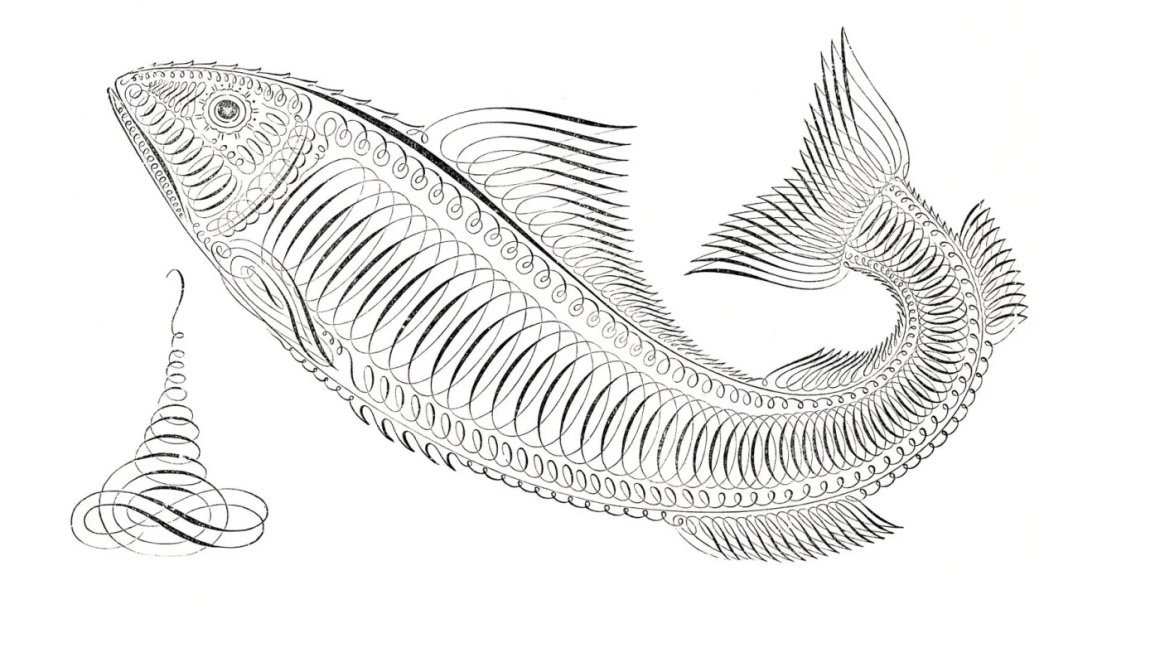Review: The Illness Lesson by Clare Beams
By Eva Dunsky
Recently, a political candidate was put on the spot in an interview with a question. It’s a question that has plagued us—as Clare Beams demonstrates in her debut novel The Illness Lesson—for a long time, one that hinges on the inherent believability of women’s stories. The interviewer asked, rather dismissively, about a woman who alleged she’d been discriminated against while pregnant. With telltale condescension, he wondered why we should believe this woman’s story.
The candidate’s answer: Why would she lie?
In The Illness Lesson, Beams explores a variety of potential reasons women might lie or blur the truth: youth, naïveté, a desire for attention, the dangers of groupthink on susceptible young minds. These reasons are posited by men who, despite their notably good intentions, seem unable to reconcile the reality of young womanhood, both on a corporeal and societal level, with their grand plans for these young girls’ success.
Before the girls arrive and must be contended with, though, there’s polemic essayist Samuel Hill, who opens The Trilling Heart School in which they’ll be taught. His intentions, like the intentions of many men, are good. The girls, like so many girls, present a challenge to his theories and plans once they arrive in the flesh as whole people with histories, with bodies, with needs, and with opinions. They are not, as he anticipated, empty vessels waiting to be filled. Instead, they are girls on the cusp of change, at first full of the vitality of youth, and then, as an inexplicable illness overtakes them, increasingly plagued by a bizarre array of symptoms that no one can explain.
The novel’s narrator, a woman named Caroline who has grown up under her father Samuel’s thumb, occupies shaky ground; on the one hand, she’s a keen observer of the power dynamics at play, but she’s also accustomed to deferring to her father, having been taught that the free thinking he encourages, if done correctly, should always lead her to the same conclusions he draws. As their thinking diverges—as the girls’ illness worsens, and Samuel subjects them to the care of a predatory doctor who Caroline suspects of abuse—Caroline is forced to reckon with her own education, just as she runs up against its limits.
Despite the fact that it takes place in 1871, The Illness Lesson feels eerily contemporary. We are presented with a group of young women who, when the reality of their bodies calls into question the aptness of their minds, are relegated to a treatment that, in the words of Caroline Hood, “show(s) them something they would always know now about the violability of their own bodies.” At The Trilling Heart School, they learn lessons about their own autonomy and its limits, lessons that girls still learn today. We watch in horror as their bodies and (in a broader sense) their lived experiences present an increasingly difficult question with an increasingly evasive answer.
Why would they lie?
The Illness Lessons begs the question of how much has changed since the 1800s, which begs the answer of not much, or at least not enough. In Beams’ words, “Who was to say… that all the decisions about the girls’ illness were best made by others with more distanced understanding than the girls themselves?” It seems like a rhetorical question with an unavoidable answer, and yet the power of this book—and maybe the heart of its contemporary parallel—is that the obvious answer doesn’t manifest in reality.
Once free from The Trilling Heart School, Caroline begins the arduous work of figuring out what she believes for herself. It’s a privilege to be able to do so, and her hope is that the girls from the disbanded school will one day be able to do the same. It’s clear that her hope is far-fetched, that realistically, the world isn’t ready to support the kind of women she hopes these girls will become. It’s an infuriating fact that Caroline lets percolate within her: “But if she had practiced assent, long assent, and given each time every required thing, she had also practiced anger. Anger growing with each year.” Caroline’s rebellions are small, but so is her world. The novel ends with our hope that she’ll continue to make waves within her orbit. But the girls from The Trilling Heart School are still left in the lurch.
The question remains: Why would they lie? And what would it take to believe them?
About the author:
Eva Dunsky is originally from Venice, CA, though she currently spends most of her time browsing the $2 rack at The Strand Bookstore in NYC. Her writing has appeared or is forthcoming in Fiction Southeast, Juked Magazine, and The Drum, among others. She is an MFA candidate in Fiction at Columbia University.
